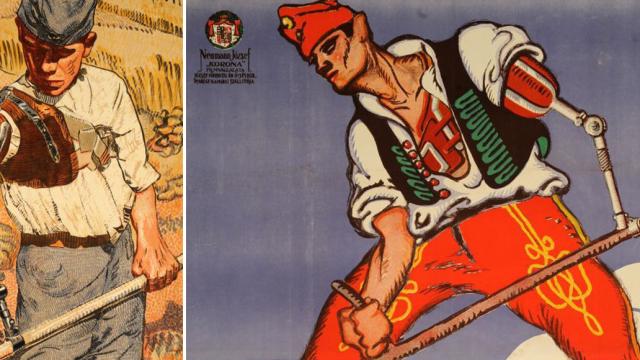One hundred years ago, at the beginning of the 20th century, the first golden age of advertising met humanity’s deadliest conflict: the First World War. The emerging art of graphic design, aided by the invention of lithography and later chromolithography, was suddenly used for propaganda — and the results were terrific: a bold, optimistic, merry and extremely fictive vision of a gory war that killed millions.
The National Széchényi Library (OSZK) in Budapest, Hungary, has a huge and wonderfully rich international collection of paper ephemera from these bloodstained years. These propaganda posters, postcards, photographs were unseen since the end of the war, until now: A small part of OSZK’s collection was published recently in a book titled Picture the Great War, curated, written, and edited by the researchers of the OSZK: Anikó Katona and Anita Szarka.
What we see in these colourful images is the beautiful beginning of a new age of technology: machine guns, tanks, aeroplanes, poisonous gases, and a multitude of tools developed to kill. As the book says:
The new war situation brought posters to the limelight. This genre, after all, counted as the most modern and effective means of mass communication at the time, only later conceding that position to the radio, and then to television and the internet. Poster propaganda was born in the West Europe of the 1870s. It first flourished during the Art Nouveau period, at the turn of the last century. By the 1910s, it had also gained ground in Hungary as well as practically all other parts of the world. From the outset, posters were designed by creative artists, who saw the excellent opportunity it offered for publicity and earnings. The graphic artists working in the genre increasingly specialised; courses, societies, and periodicals were launched, many poster exhibitions took place. The posters newly appearing in the streets kept the public busy. By the early 1910s, politics had recognised the potential of the medium, which had formerly been a commercial tool in the first place. Left-wing groups would turn to posters from the beginning of the 20th century in order to gain publicity for their struggle for workers’ rights, inviting people to mass assemblies and demonstrations.
The poster art of World War I gave rise to radically new types within the genre. New themes were advertised: recruitment (in countries with voluntary military service), fund-raising in the form of war loans, standards concerning the way people lived (e.g. savings), or social solidarity in the form of various charity events. The manifold tasks all pointed to one ultimate aim: to sustain society’s support for the war. With the hostilities dragging on, this proved an ever greater challenge in all participant countries.
[…] They also represented phenomena concomitant with the war: everyday life on the front and in the hinterland — mostly in idyllic settings. Life on the battlefield was presented as an exciting, masculine adventure. Soldiers were depicted during pleasant and calm activities such as cooking, eating and drinking, coffee-time, reading, or social games. The depiction of armed clashes was much less usual.
As time was passing, the severe social problems caused by the war came more and more to the foreground. A greater number of posters advertised charity events and fund-raising for the benefit of widowed, orphaned, or disabled people, often depicting those suffering such afflictions. In the final years of the war, reflecting the common sentiment, a desire for peace would dominate the posters in all parts of the world. Doves, women waiting for their husbands to come home, and images of restarting work and development were among the advertisements that attempted to raise one last wave of enthusiasm.
The following set of images from the vaults of OSZK, republished here with permission, show a series of impressive artworks from the ruined streets of Europe — plus a few rare pieces from the United States as well.

Great Britain as a knight in shiny armour
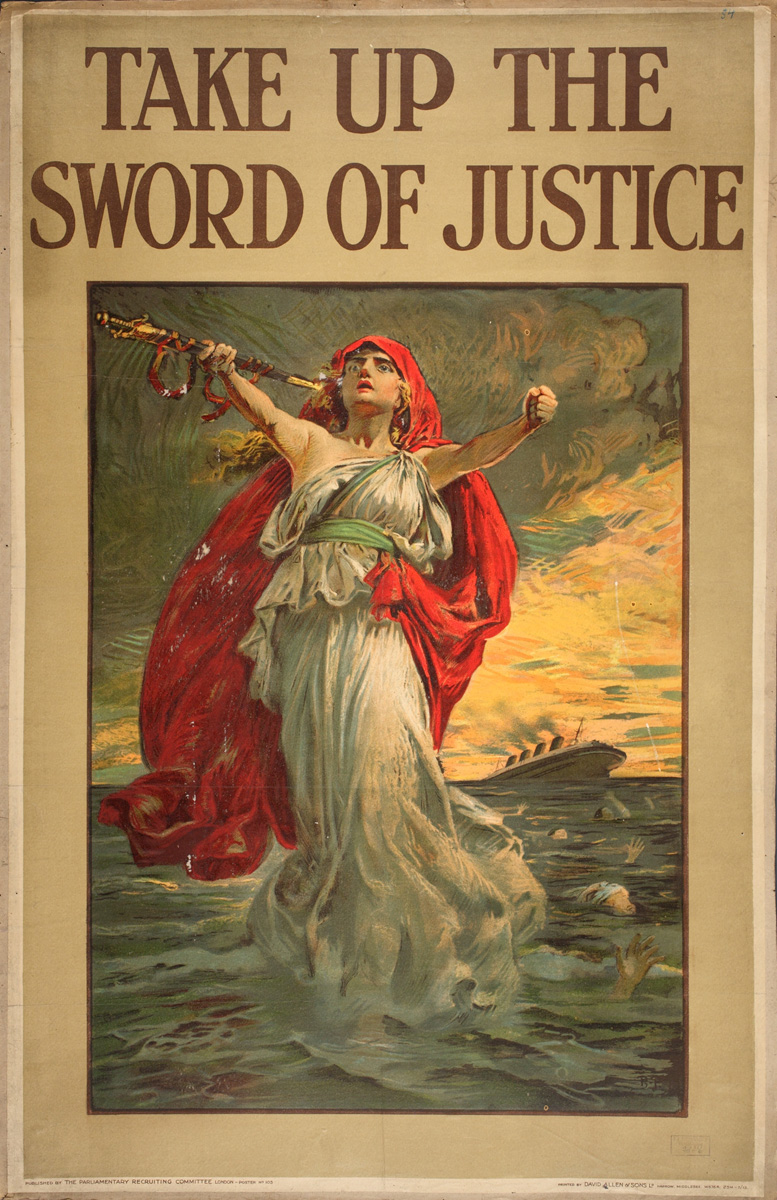
The famous ‘Take Up the Sword of Justice’ poster from the United States. Created by Sir Bernard Partridge shortly after the sinking of the Lusitania.
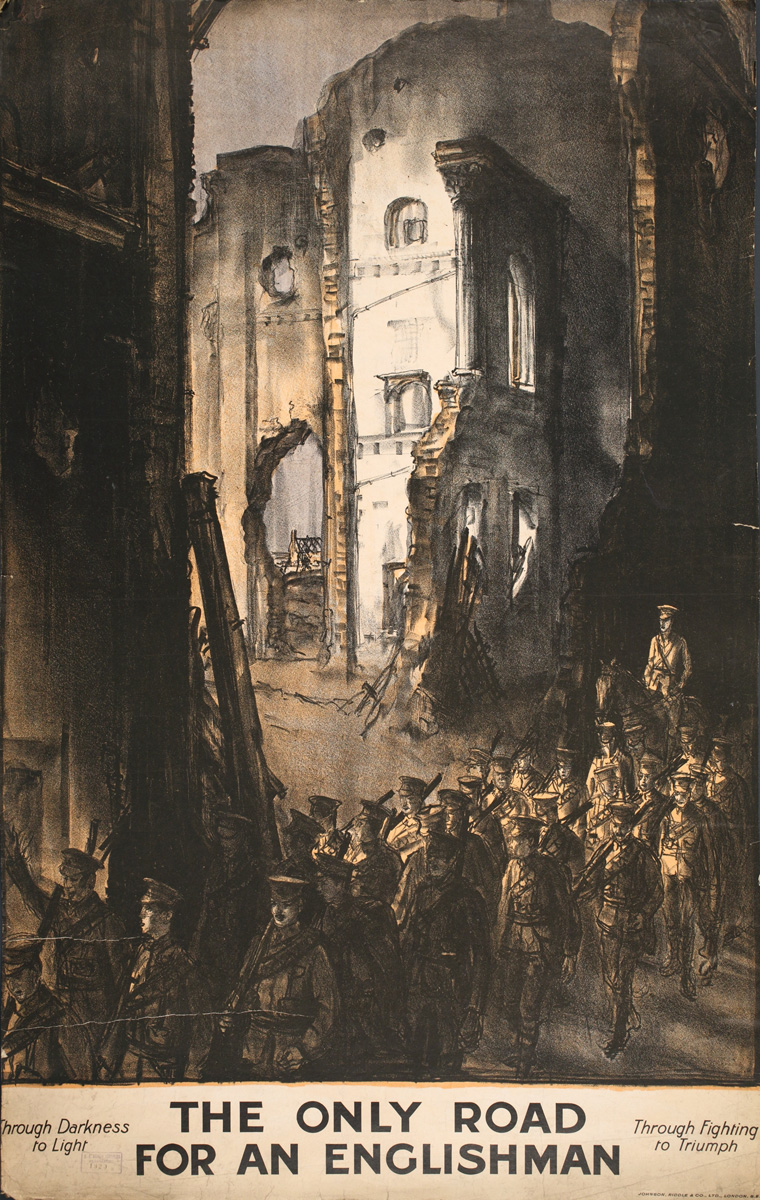
Through Darkness to Light. Through Fighting to Triumph.
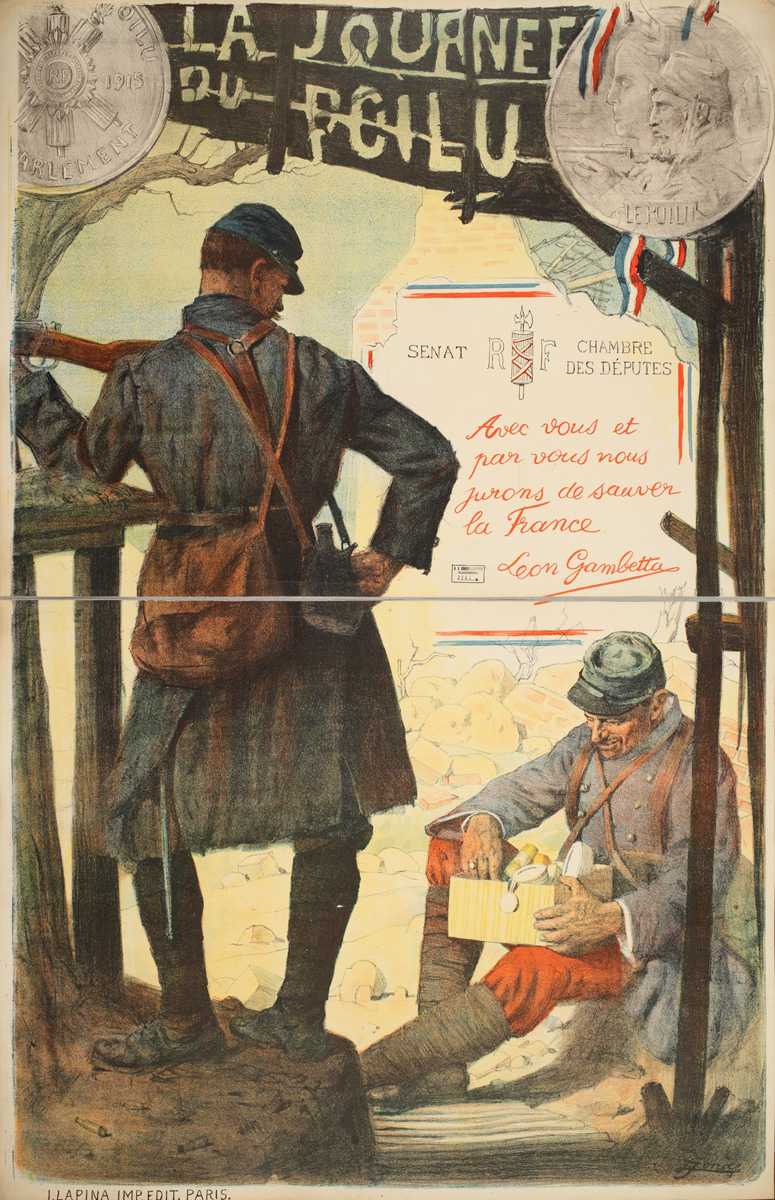
Peaceful French soldiers
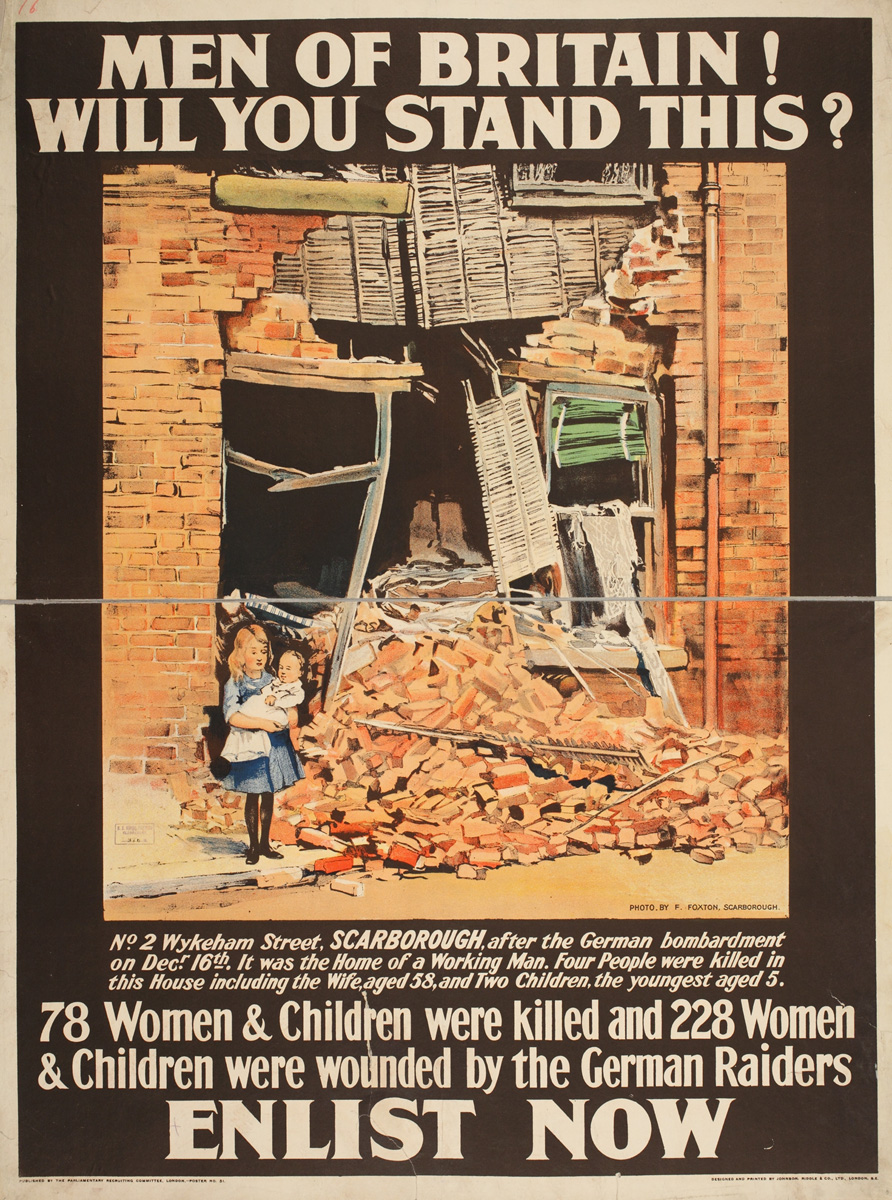
Recruiting poster from England.
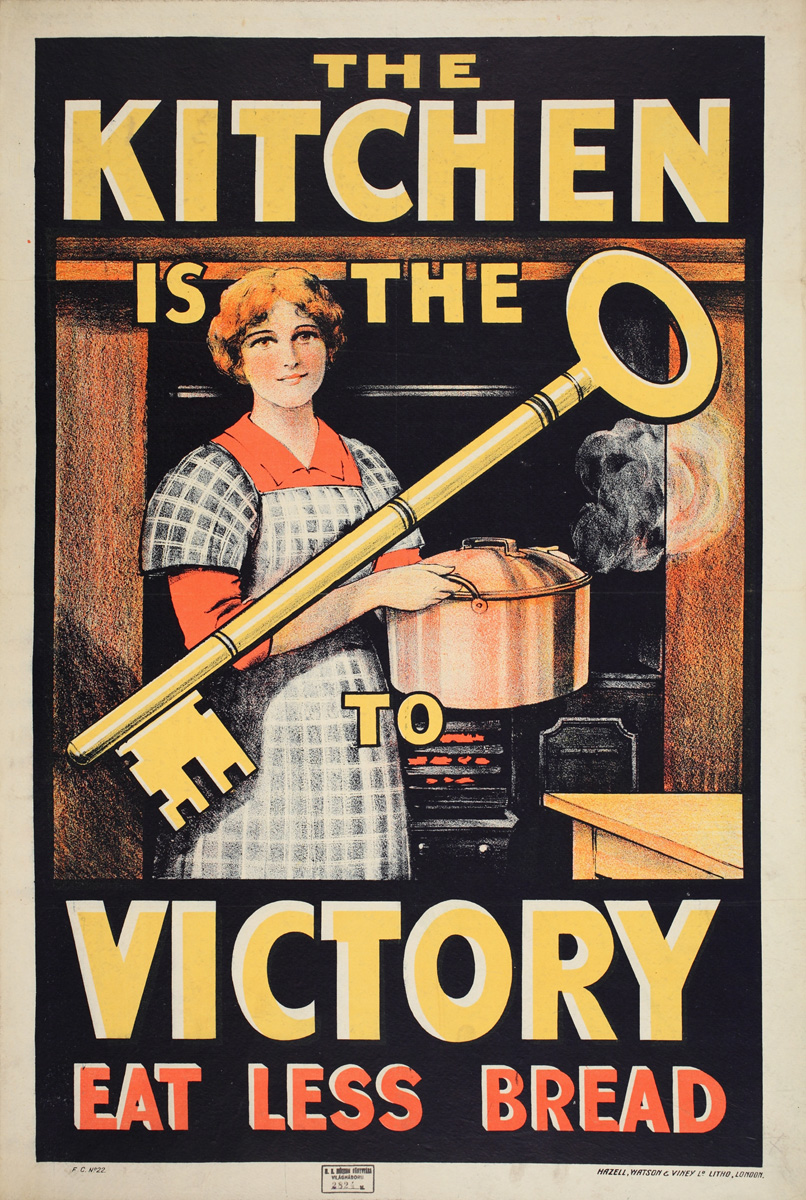
Eat less.
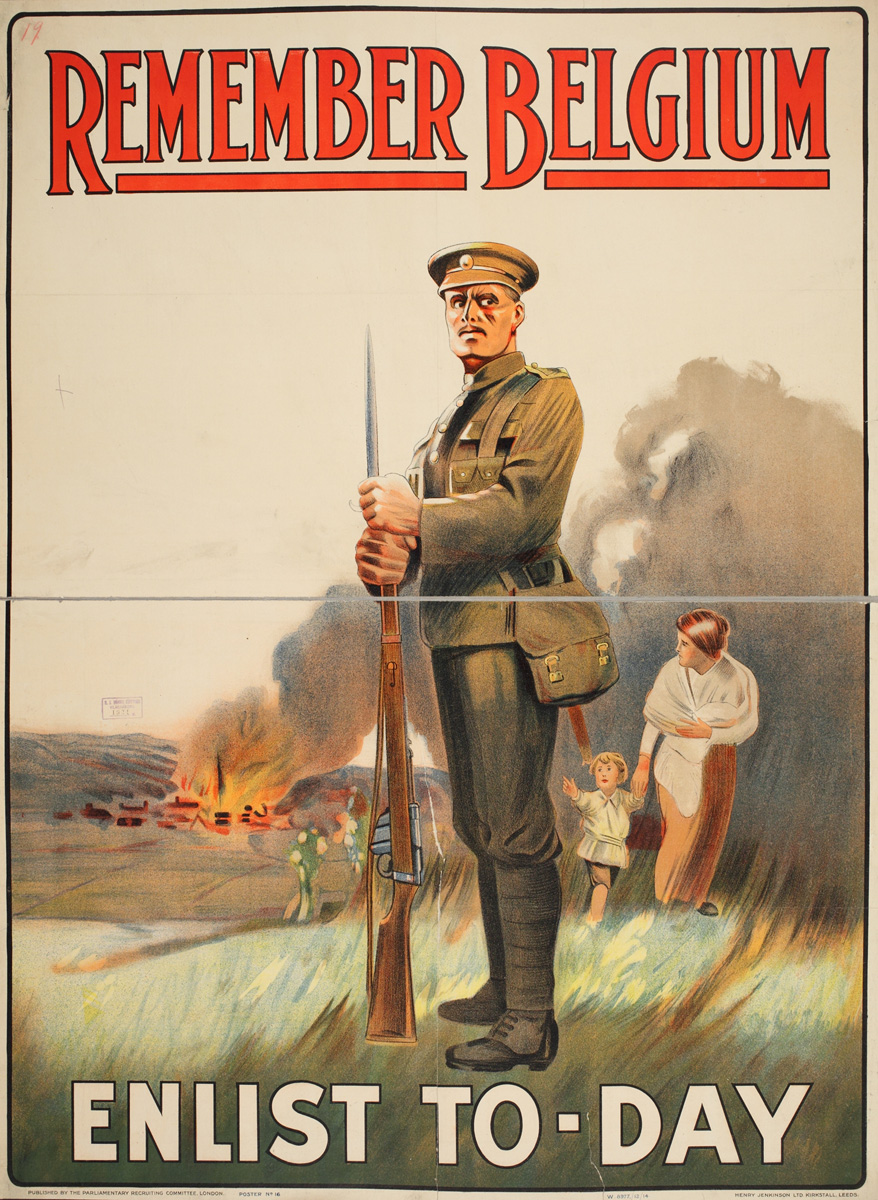
Enlist today if you don’t want to share the fate of Belgium

Save food for your fighting soldiers
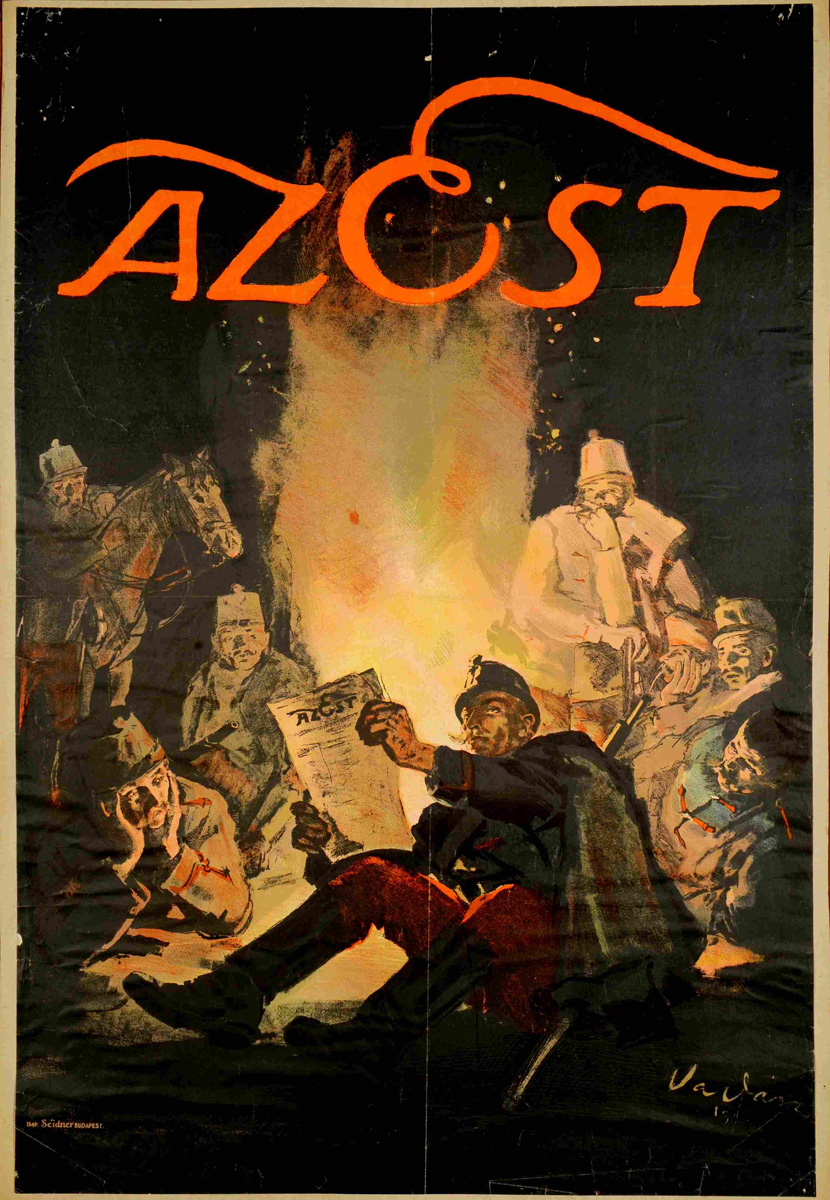
The trench is such a peaceful place: resting Hungarian soldiers reading the newspaper, called ‘The Evening’
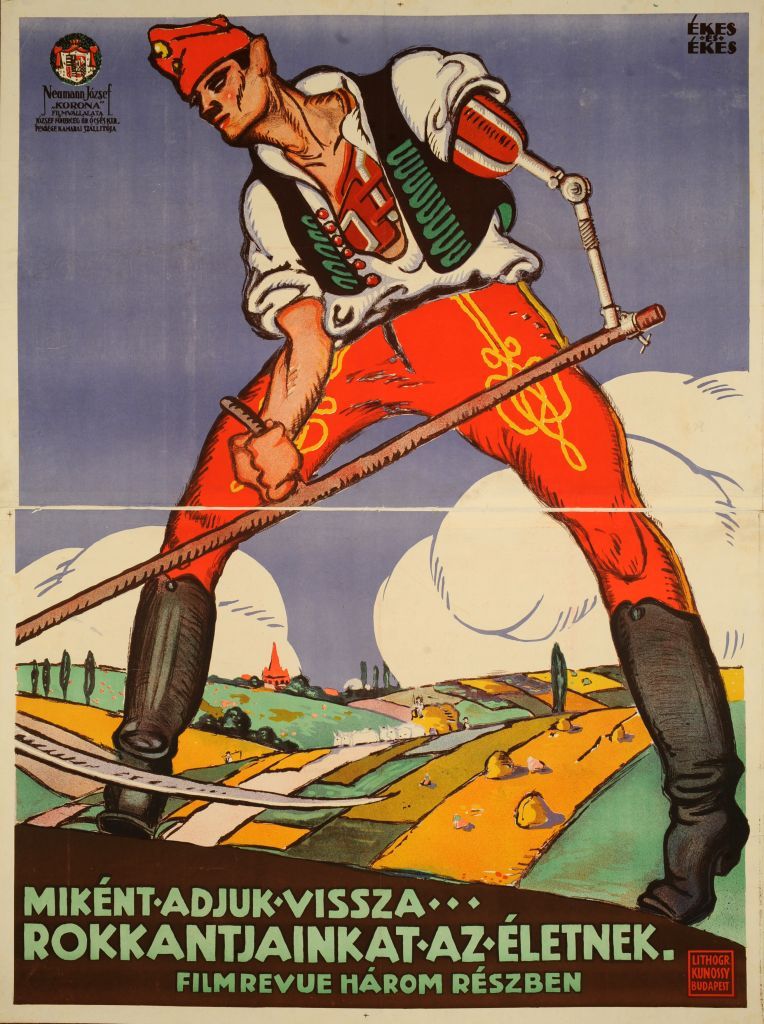
Meet the Hungarian biomechanical hussar. This is one of the most powerful propaganda posters ever: with prosthetic arm our disabled soldier can live a full life again
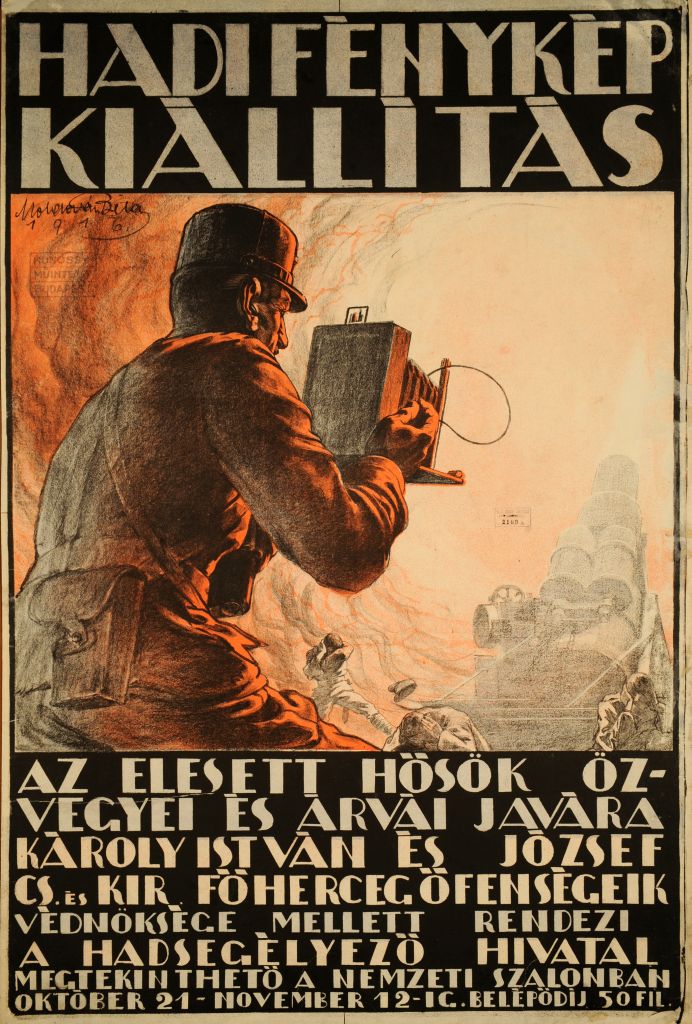
Exhibition of war photography
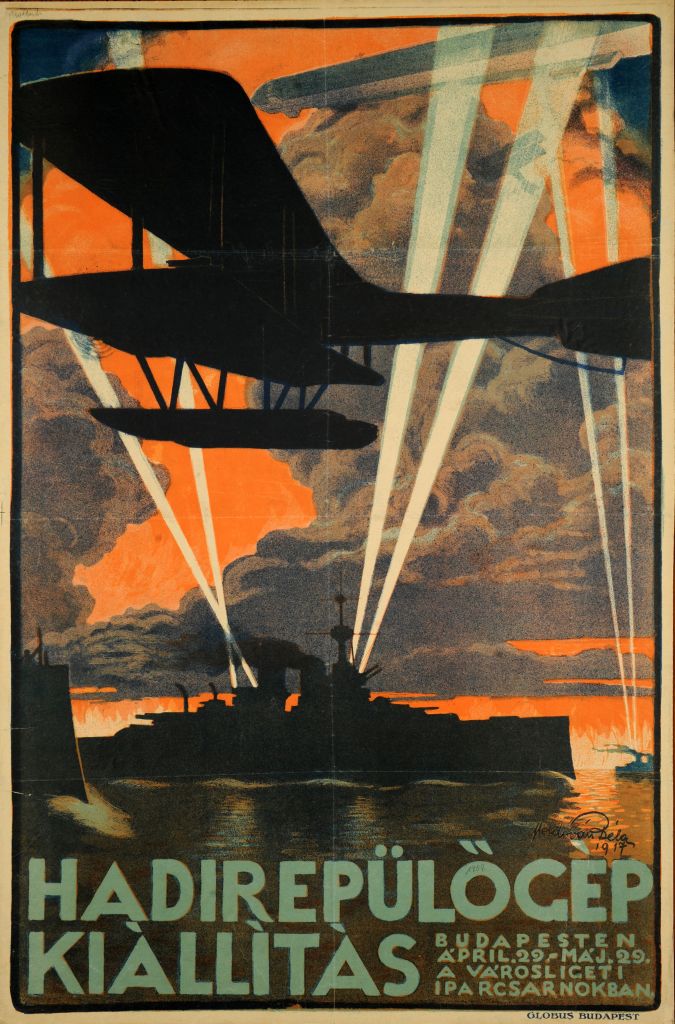
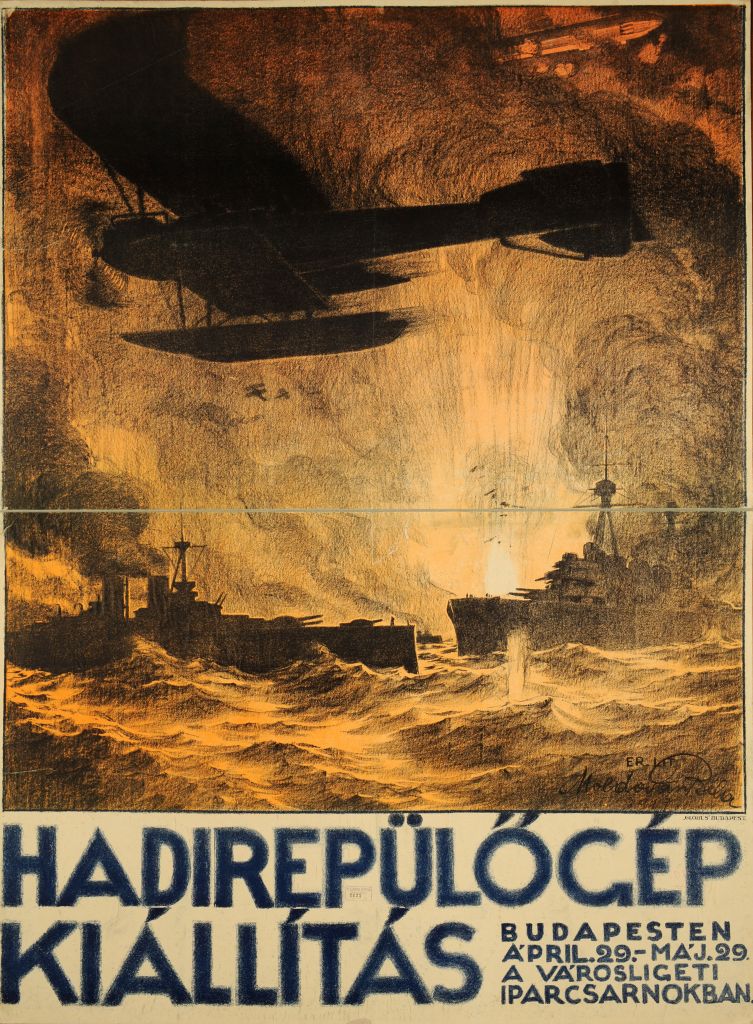
Exhibition of war planes at Budapest, Hungary

Half man, half robot
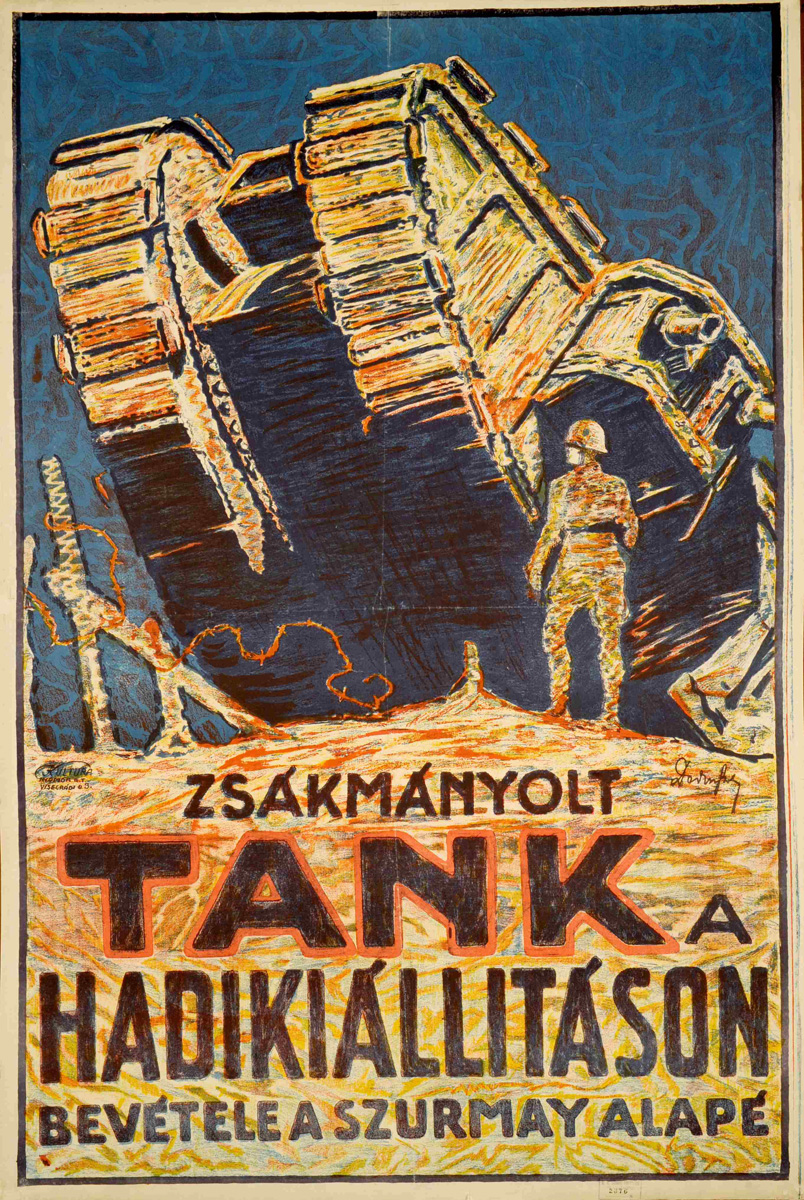
Captured British tank on exhibition

Propaganda poster by the United War Work Campaign
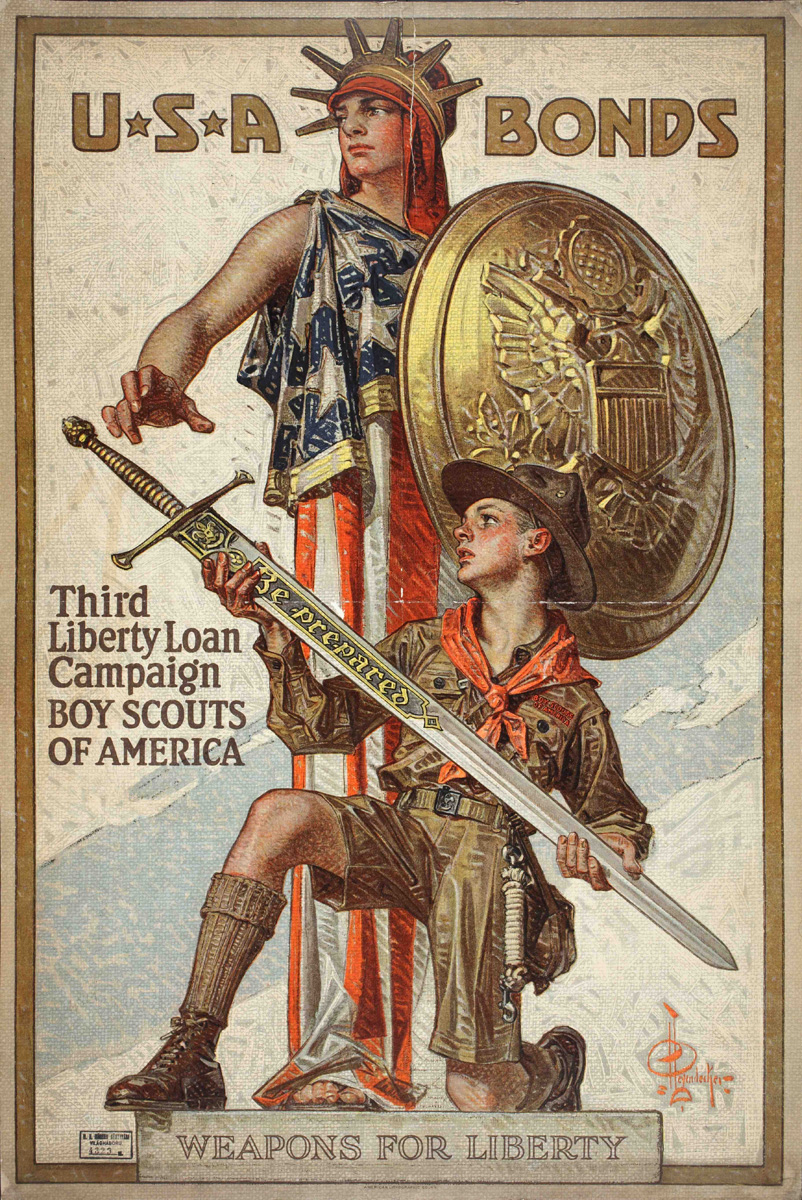
Weapons for Liberty, poster for the third liberty loan campaign by the boy scouts of America
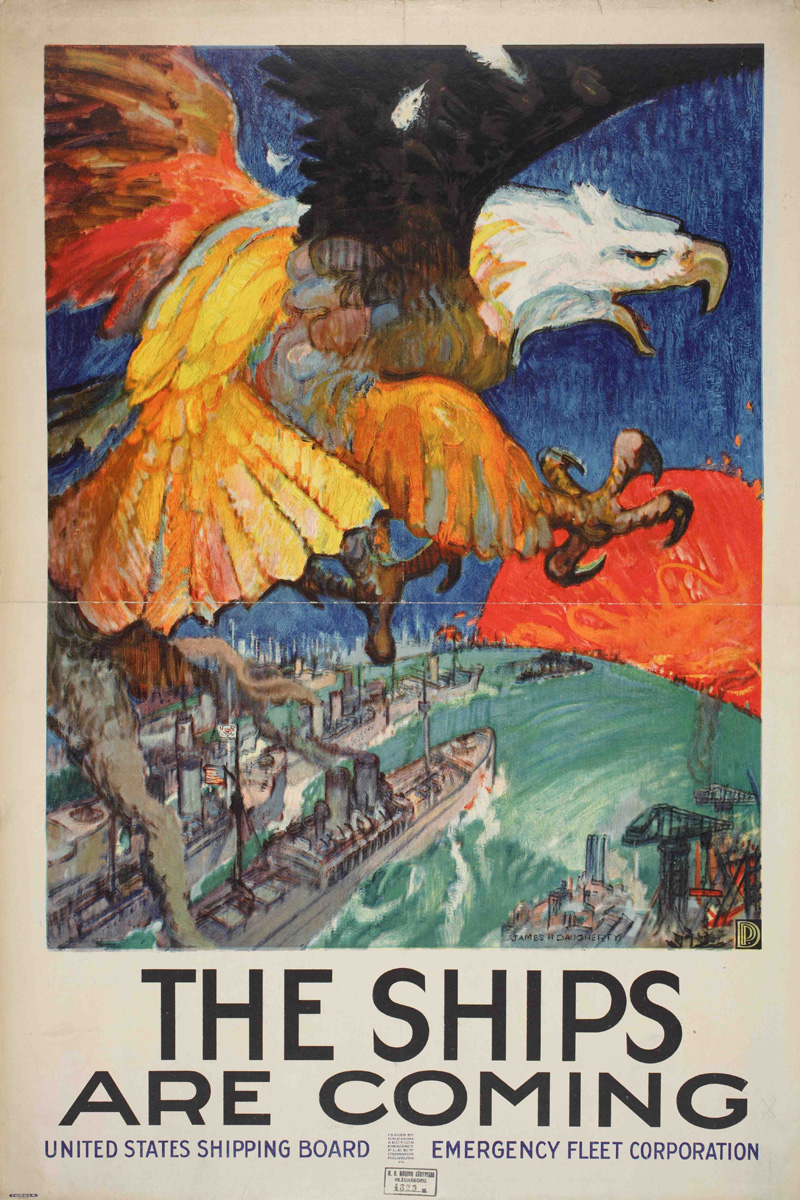
The ships are coming — propaganda poster from the United States
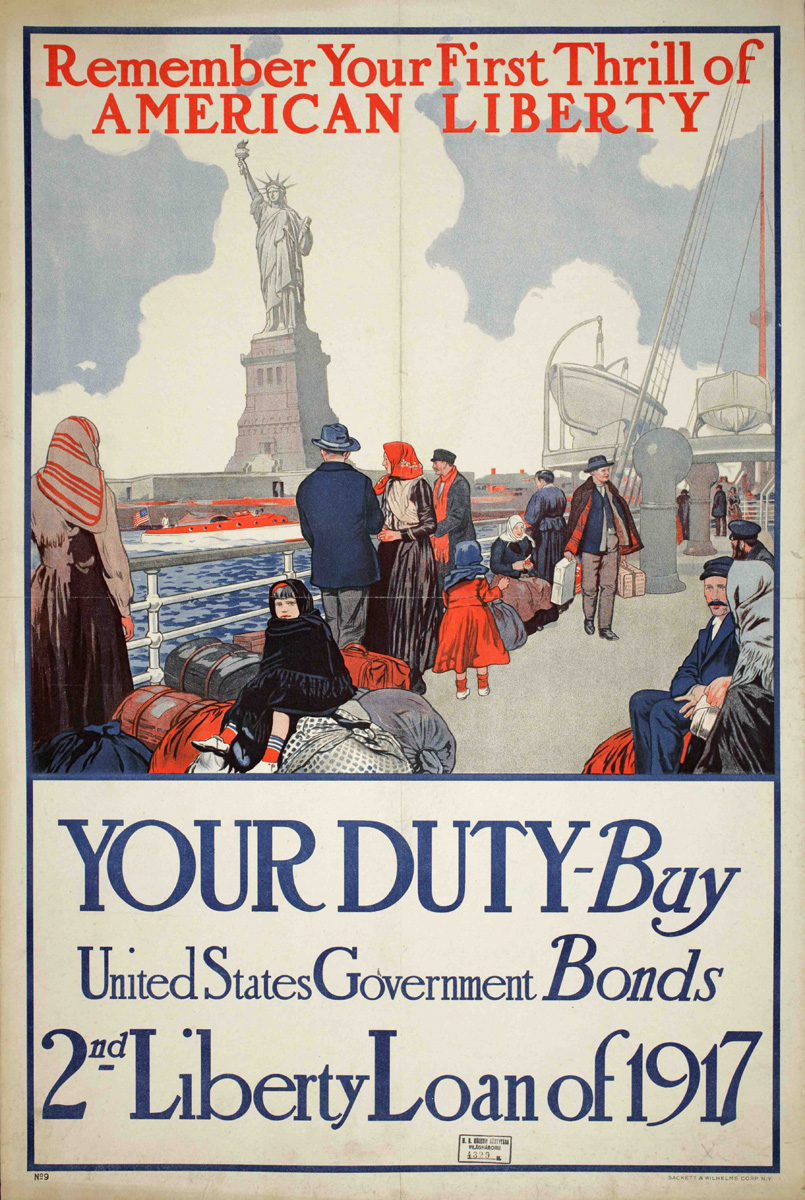
Buy Bonds!
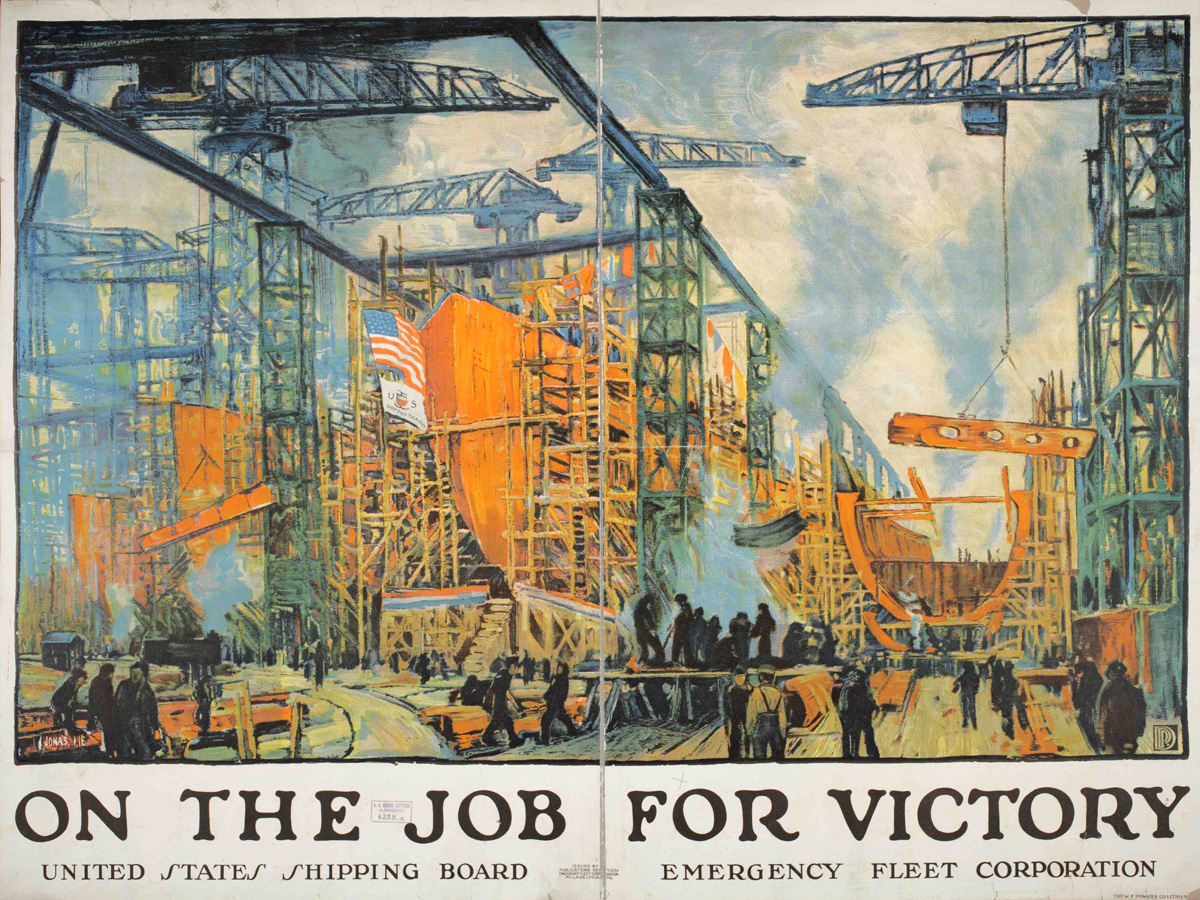
Cinematic scene from the war industry
